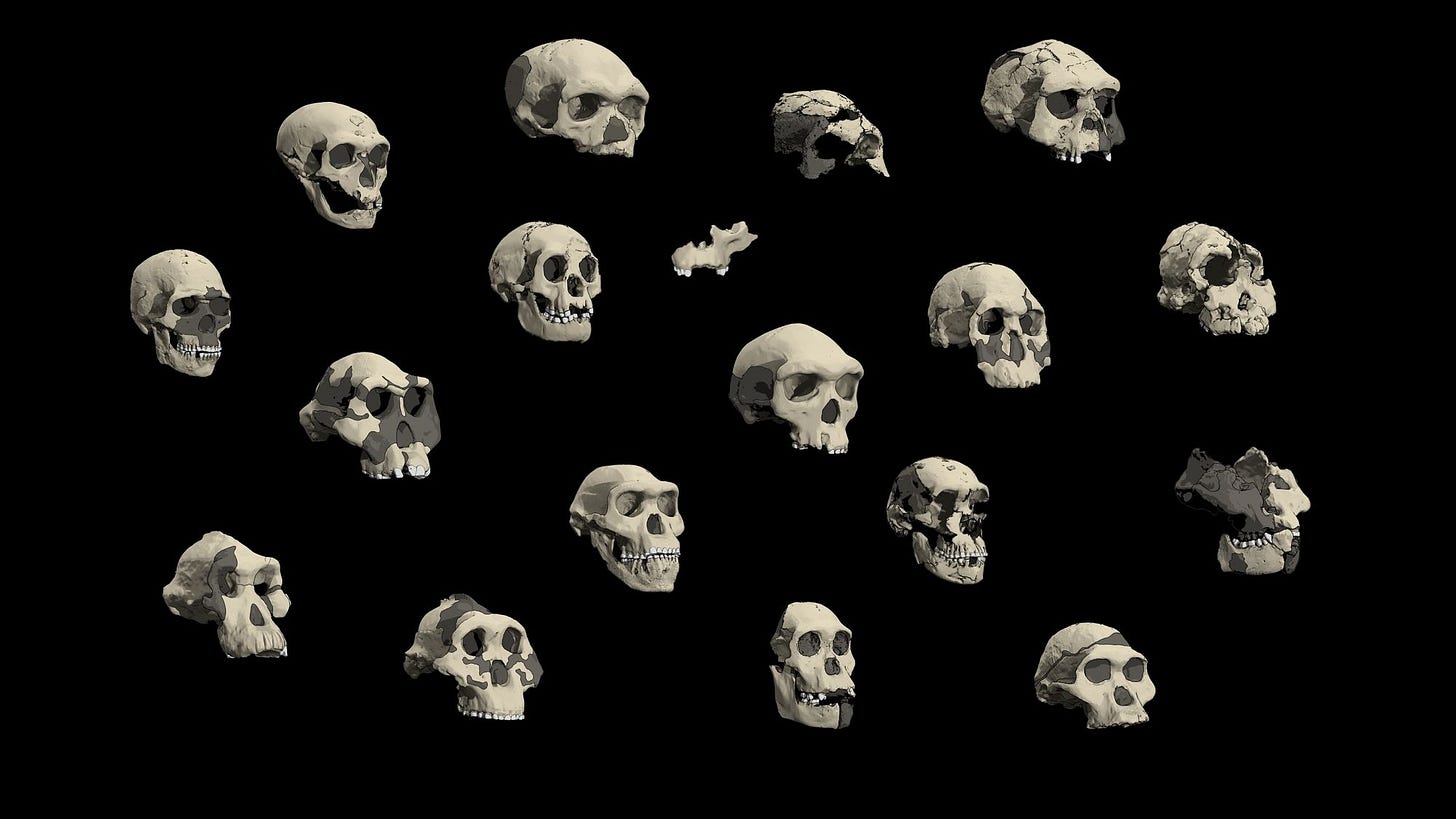Lecture: Finding ancient minds in the human evolutionary tree
Insights into the behavioral capabilities of ancient human relatives are beginning to show that some of the abilities we consider human go surprisingly deep in our ancestry.
In February I did a lecture in the Wednesday Nite at the Lab series at the University of Wisconsin–Madison, which coincided with the university's Darwin Day event. I chose to look at the growing evidence of culture and behavioral innovation in ancient humans and our relatives.
The lecture includes an update on our recent work in the Rising Star cave system, including a mention of what it may mean that we found widespread use of fire in the system in ancient times. I emphasize some of the ways that we are beginning to ask new questions about the behavior of ancient human relatives, including some of the insights that have led anthropologists in recent years to question old ideas about progressive evolution.
Also, in honor of Darwin Day, I present some aspects of Darwin's ideas about human relationships to other primates and touch on the connection between Darwin's ideas and our current knowledge.


